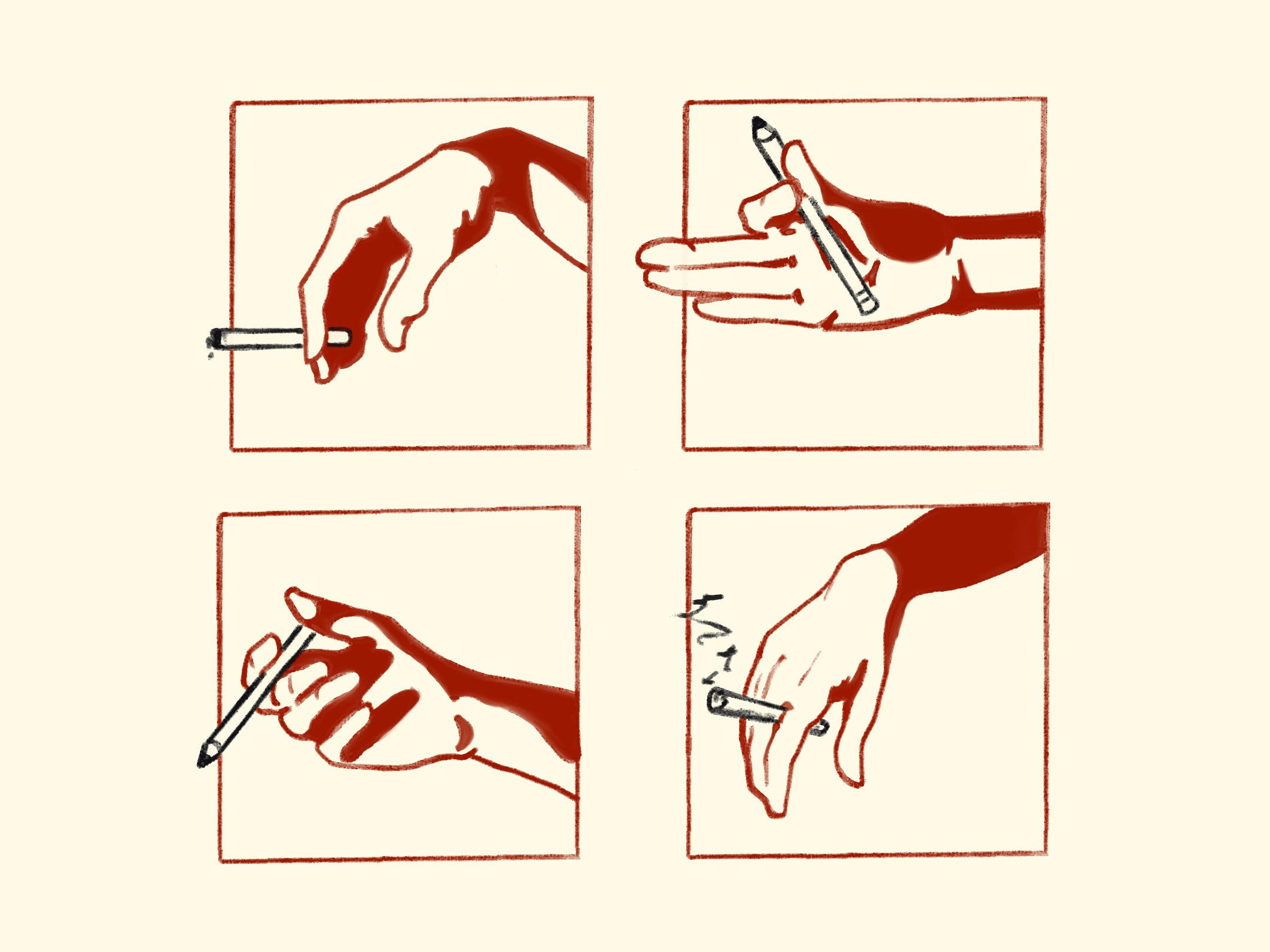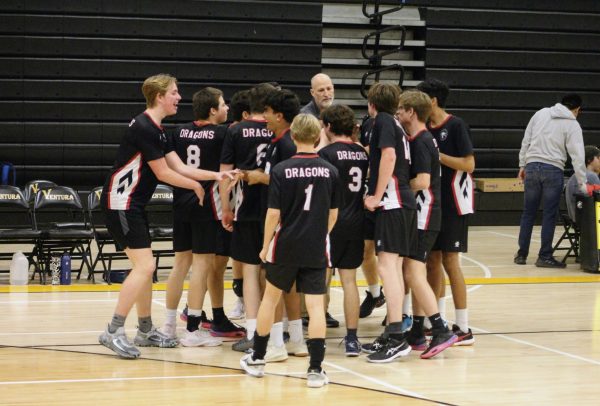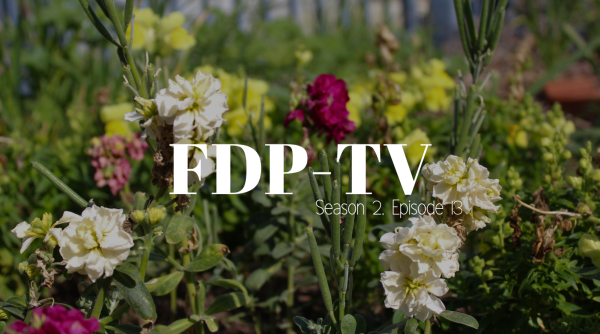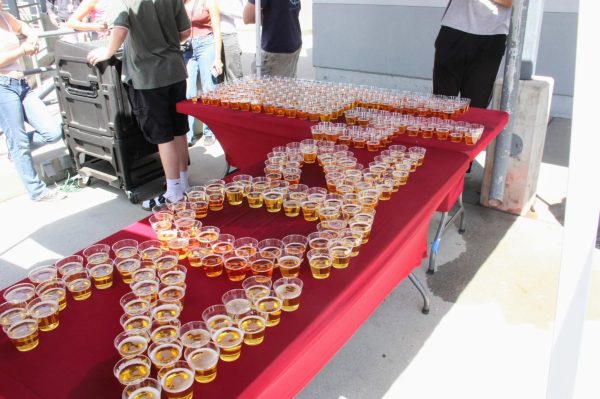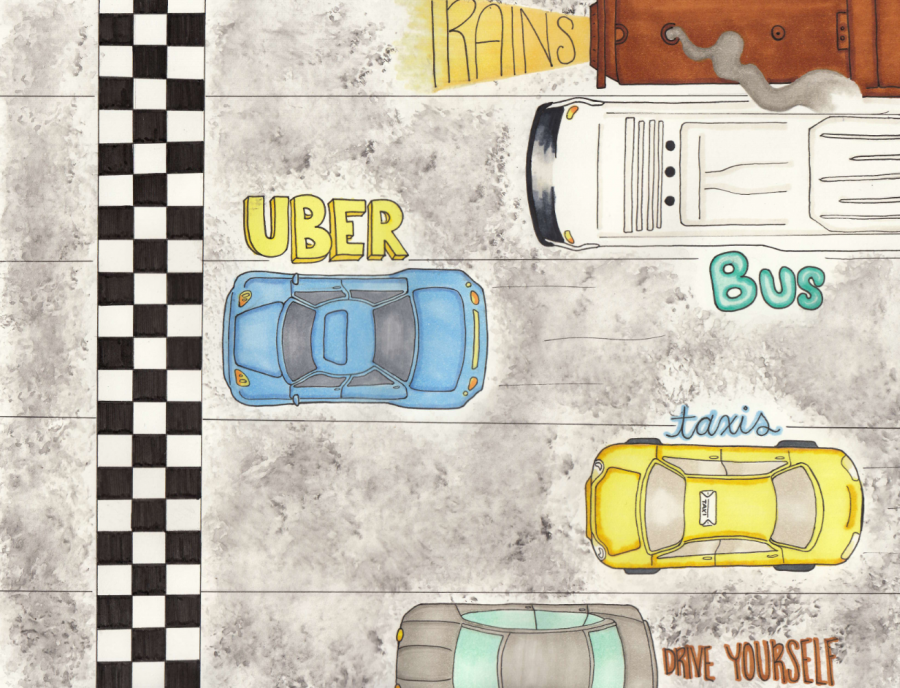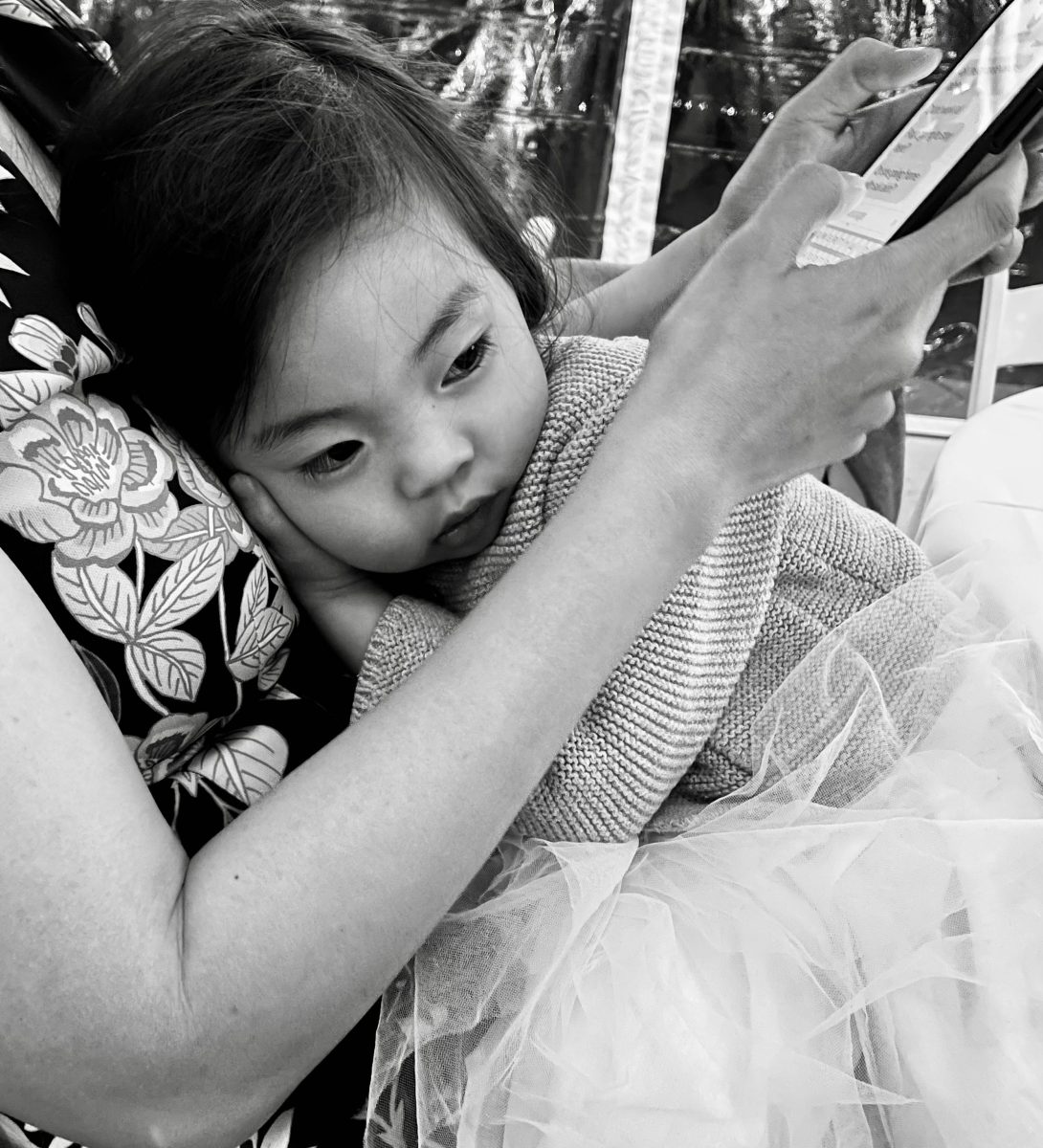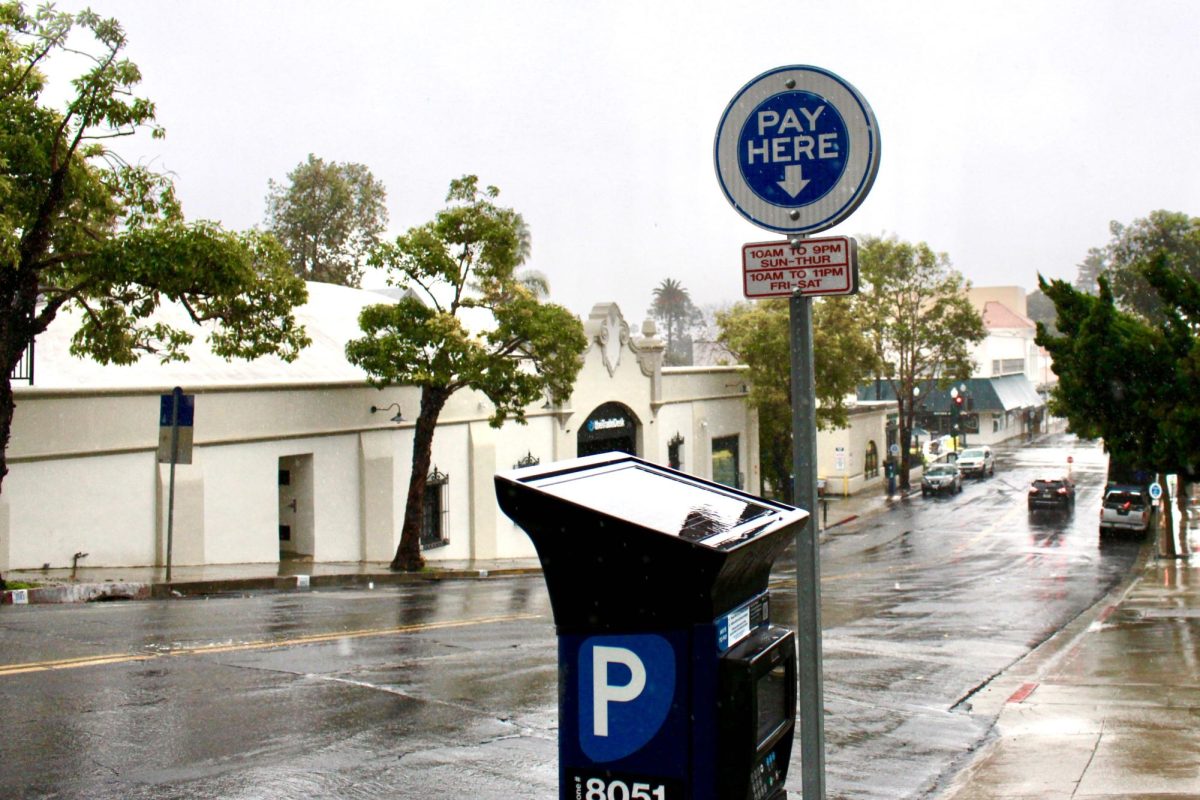Due to the exponentially increasing gap in quality between modes of travel, American magnates have determined that people would enjoy moving in a completely privatized high-class automobile, where luxury forgoes price. And they’re right. Uber is a wildly popular service with 40 million monthly active riders. However, it is unsustainable and directly contributes to a neglect for other systems that are talready severely undermanaged.
In any large city, it is clear that the automobile is not an efficient method of transportation; a dense conglomerate of individuals all in their own car tends to clutter the streets. New York City, for example, is so packed that a large majority of the populace resorts to the transit system or walking. One thing is clear: the convenience of public transit is severely understated. When private car services are added to the equation, the product is just about everyone in a city using a car for any given purpose, congesting the roads and creating a norm that is far from convenient.
The financial status of these companies are also dismal. Uber had a net income of -$1.462 billion this last quarter, with no clear indication of breaking even. Allowing this to linger on its dying breath will only create more neglect for public transportation systems. Uber’s economic decline seems like it will create a disdain for investing in similar services because Americans will view it as indicative of a stale market rather than an essential part of commerce. But if it’s done right and given attention that eclipses a strictly economic viewpoint, public transportation can be an invaluable tool for urban development and accessibility.
While there isn’t always a subway system that can be improved upon, every locale has some form of public transit that ends up being overlooked in some way. Ventura’s bus routes, for example, are poorly and inconsistently routed in East Ventura areas. The responsibility for flaws in a system falls on both those providing the service who fail to recognize them, and those who find them but fail to address their concerns.
Our public transit is unable to meet at every nook and cranny of the area and doesn’t have enough stops to serve as convenient. This is the basic inverse between ridership and coverage in transit: frequent but limited routes with highly concentrated riders per cycle contrast a wide spread of routes to service everyone less frequently. Determining which of these qualities should be focused on really depends on the area that it aims to serve.
One of the newest ideas in the field is microtransit, where the technology used by private ride services is used to change the fixed bus routes into an on-demand system. While this is the best utilization of the newfound Uber “culture,” to put it into full effect is a purely coverage-oriented idea. It breeds inefficiency by cutting out deductive reasoning when mapping out routes, and instead focusing on the convenience of every individual in every nook and cranny.
Since its inception, public transport has had a tendency to be looked at from one side of the sphere. Economists will talk about profitability, architects will focus on aesthetic, urban redevelopment aims to have transit stimulate that development. A well-adjusted service can serve all of these needs and more, but to focus on one of these aspects alone is narrow-sighted and a hindrance to urban progress. Studied individuals need to observe what is best for their community, and it depends from one to another.

